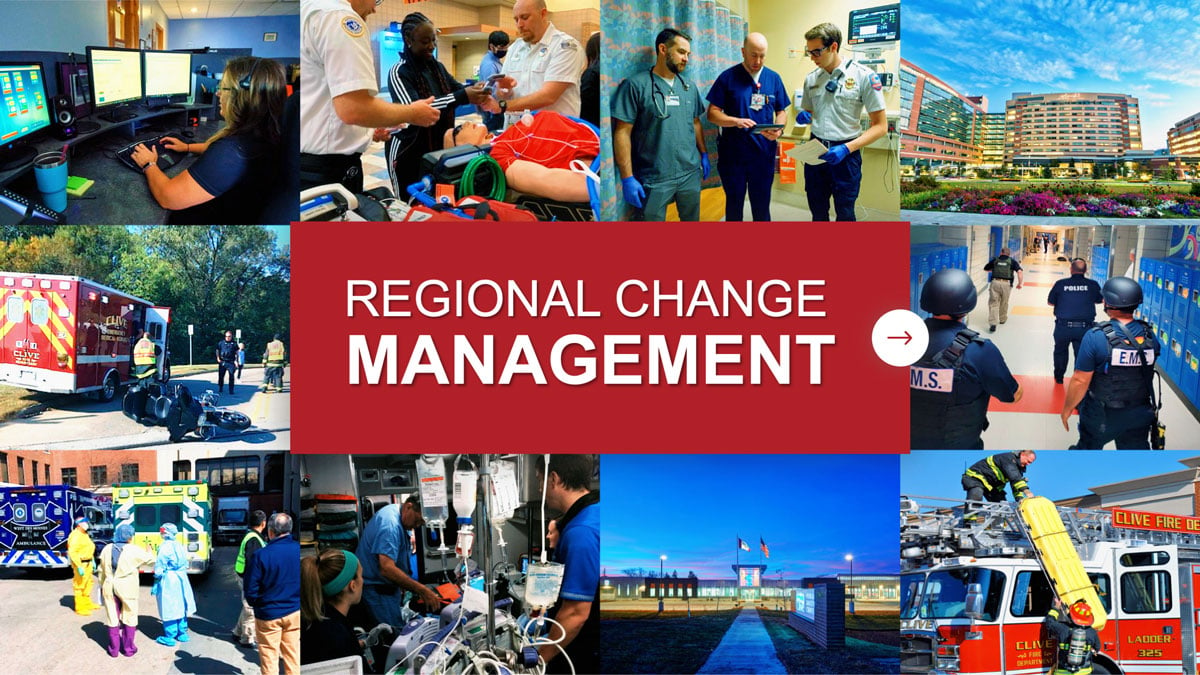15 min read
How To Connect Healthcare Teams & Organizations Across Regions (PT2)
Change is hard for everyone. It's difficult enough to enact across a single organization. So what do you do when change is not only necessary but needed across your entire region? These are questions...


